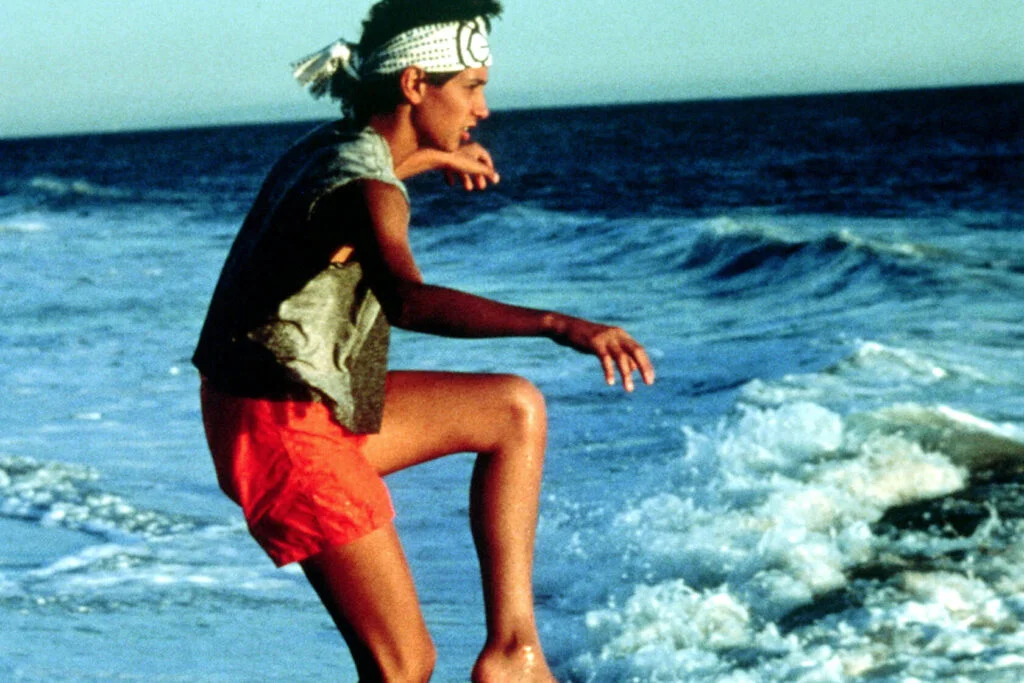The 1980s gave us movies that threw logic out the window and cranked everything up to eleven. These films didn’t worry about making perfect sense – they were too busy being absolutely unforgettable. Whether it was impossible stunts, ridiculous plot twists, or characters doing things that would never work in real life, ’80s cinema had a special gift for making us believe in the impossible while we munched our popcorn and cheered along.
1. The Goonies
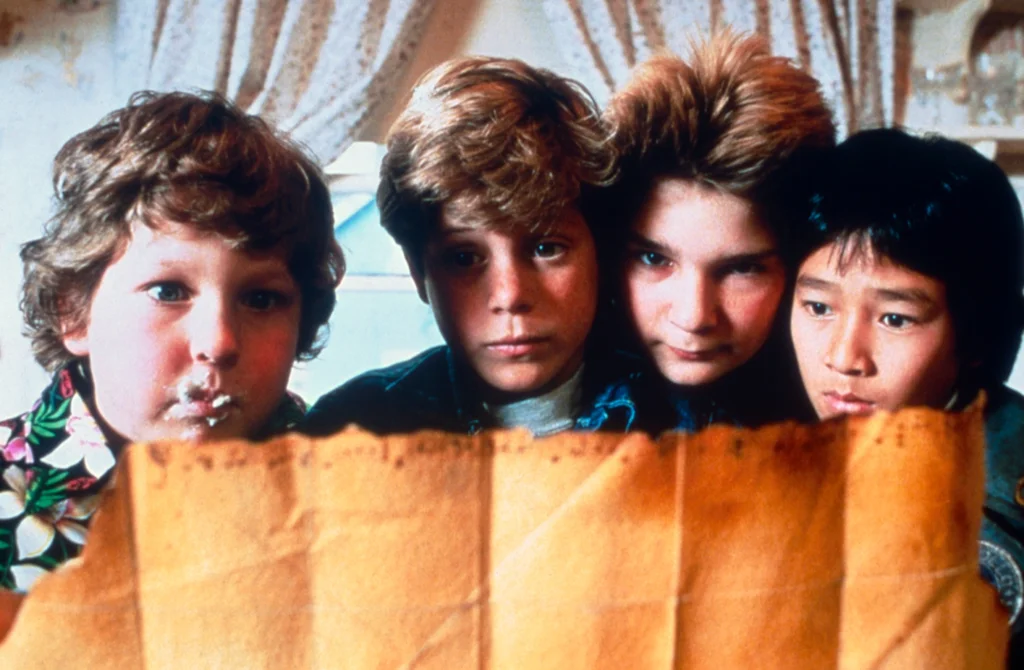
The idea that a group of kids could stumble upon an elaborate centuries-old pirate treasure map and successfully navigate deadly booby traps designed by professional pirates was wonderfully absurd. These weren’t experienced adventurers or archaeologists – they were just regular neighborhood kids who somehow possessed the puzzle-solving skills to outwit ancient security systems. The whole premise required viewers to believe that children could succeed where countless treasure hunters had presumably failed.
The underground cavern system with its perfectly preserved pirate ship and functioning mechanical traps should have collapsed or deteriorated long ago. The fact that everything still worked after hundreds of years, from swinging axes to collapsing floors, stretched credibility beyond the breaking point. Yet watching those kids work together to overcome each obstacle was so thrilling that nobody questioned the impossibly well-maintained death traps or the convenient timing of every near-miss.
2. Flashdance
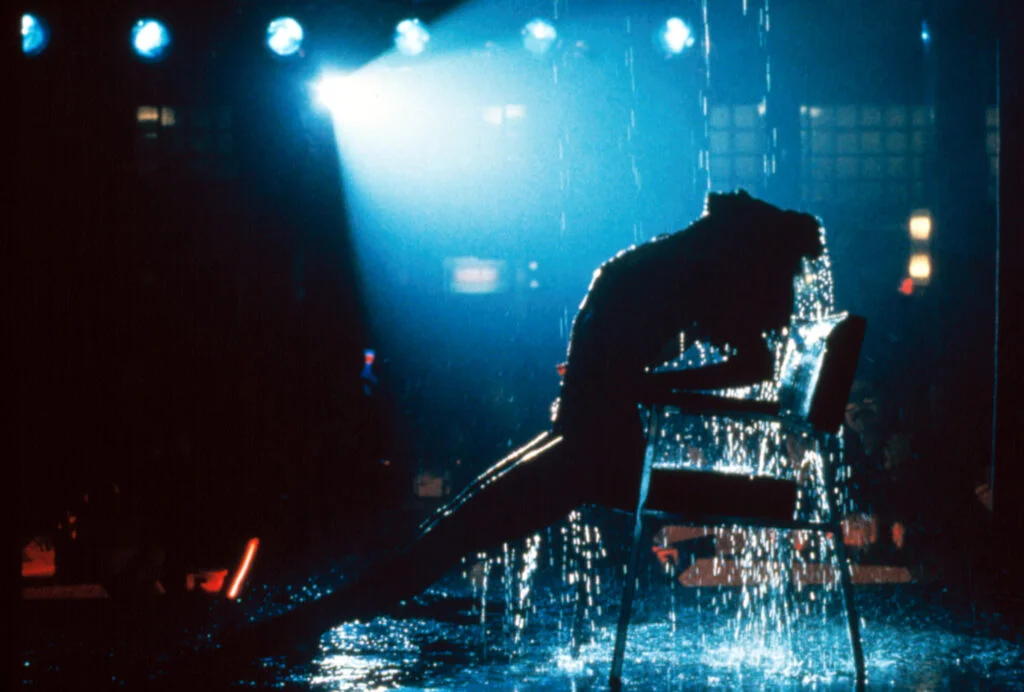
The famous water-pouring scene where Alex sits in a chair and douses herself became an instant cultural phenomenon, even though it made zero practical sense. Why would someone drench themselves like that during what was supposed to be a passionate dance routine? The logistics alone should have been a disaster, but instead it became one of the most iconic moments in film history.
The whole sequence defied every law of physics and common sense, from the perfectly timed water flow to the dramatic lighting that somehow made everything look glamorous instead of soggy. It was pure visual spectacle that prioritized style over substance, and audiences absolutely ate it up. That scene launched a thousand imitators and proved that sometimes the most illogical moments create the most lasting memories.
3. Dirty Dancing
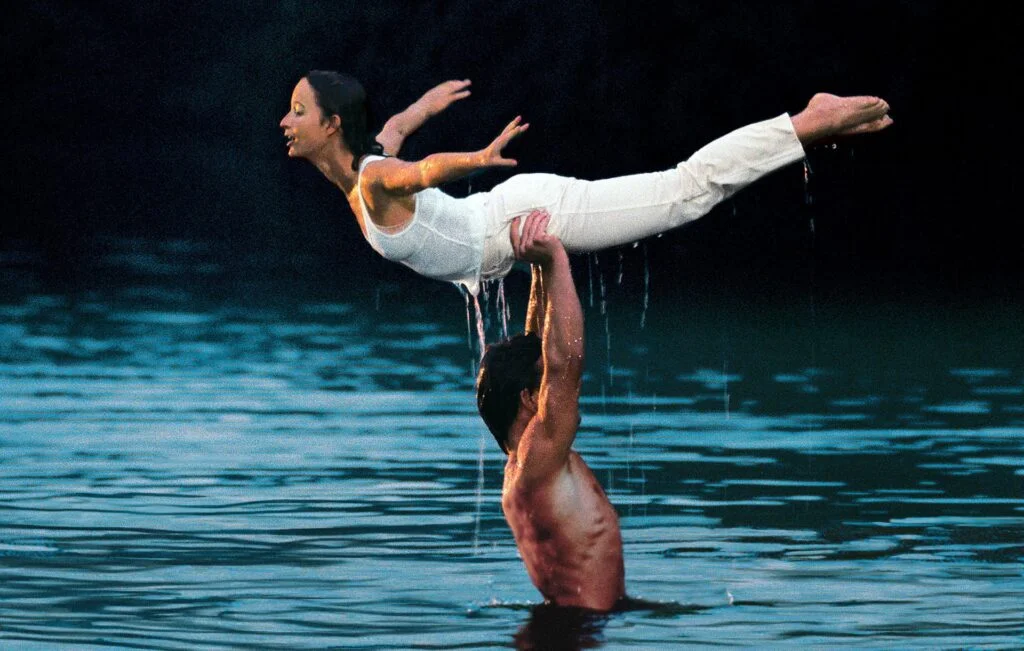
Patrick Swayze’s Johnny teaching Jennifer Grey’s Baby the lift in just a few short practice sessions stretched credibility to its breaking point. Professional dancers spend years perfecting moves like that, yet somehow Baby mastered it between dance lessons and resort drama. The timeline made no sense, but watching their chemistry build through those training montages was absolutely captivating.
The final performance where they pulled off that perfect lift in front of everyone should have been a disaster waiting to happen. One wrong move could have resulted in serious injury, but instead it became the triumphant climax that had everyone cheering. The whole scenario was beautifully ridiculous, combining romance, rebellion, and the kind of fairy-tale ending that only ’80s movies could deliver with such earnest conviction.
4. The Karate Kid
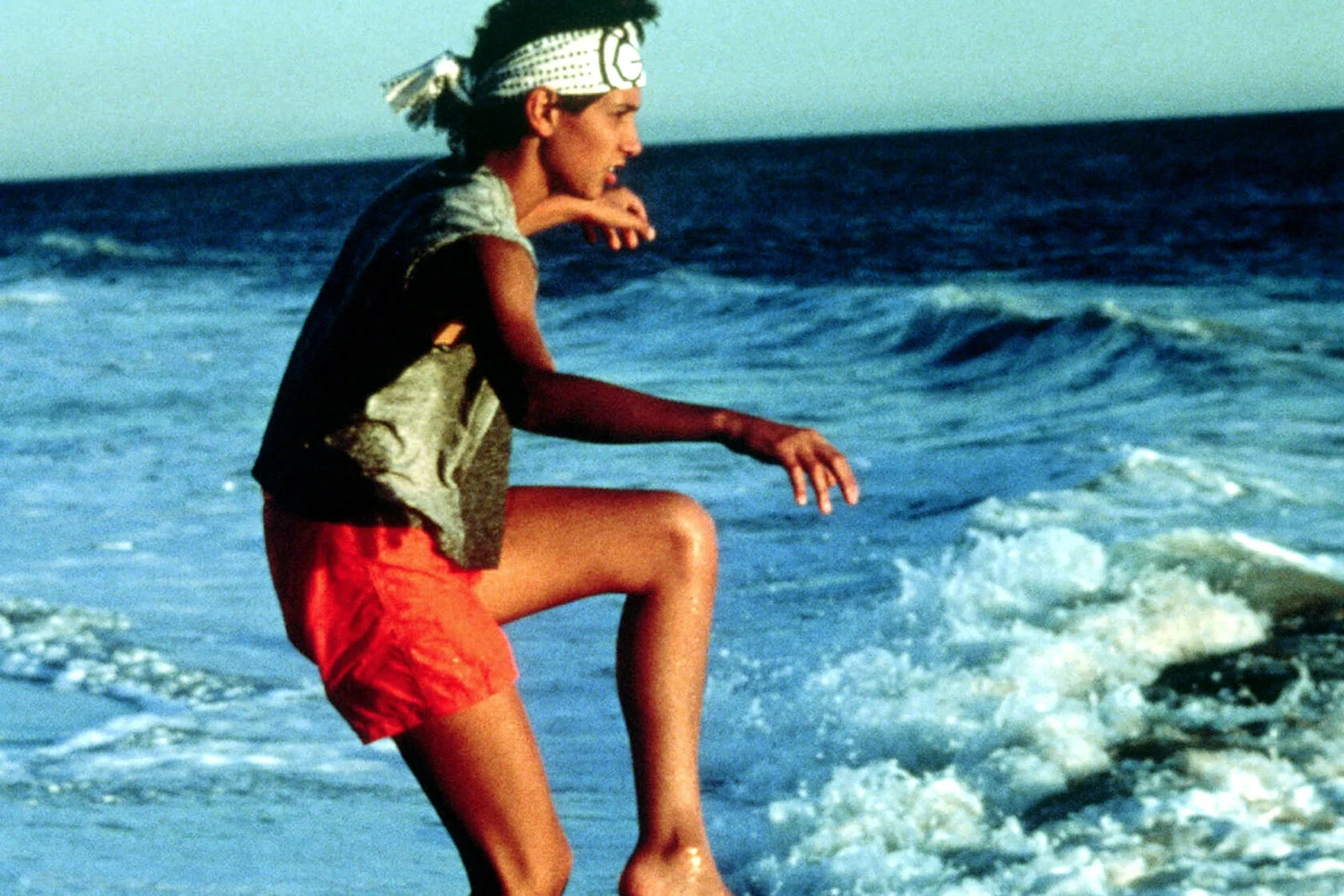
Daniel learning enough martial arts in a few months to defeat seasoned tournament fighters who’d been training for years was completely absurd. Mr. Miyagi’s unconventional teaching methods, while charming, shouldn’t have produced a championship-level competitor so quickly. The whole “wax on, wax off” approach was more philosophy than practical fighting technique, yet somehow it worked like magic.
The tournament scenes where Daniel suddenly became this incredible fighter despite his limited training time required a massive suspension of disbelief. Real martial arts tournaments don’t work that way, and injuries like his leg situation would typically sideline any competitor. But watching the underdog triumph through determination and heart was so satisfying that nobody cared about the implausible timeline or miraculous recovery.
5. Sixteen Candles
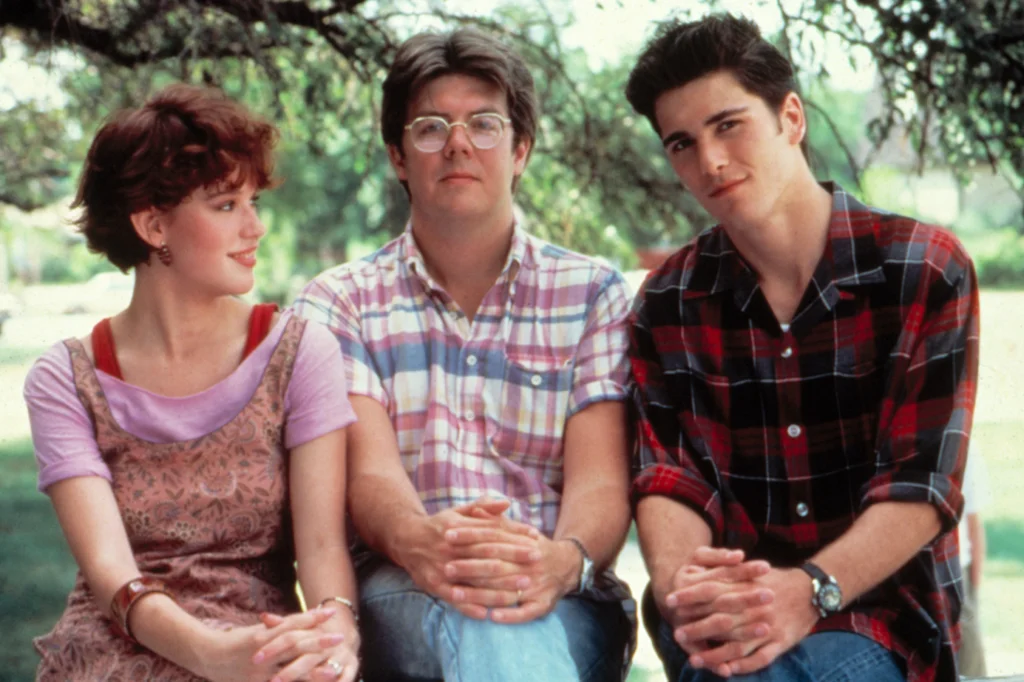
The entire premise of parents forgetting their daughter’s birthday because of wedding preparations was already a stretch, but the series of coincidences that followed pushed things into pure comedy territory. Every misunderstanding seemed perfectly timed to create maximum embarrassment and confusion for our protagonist. The domino effect of mishaps was so elaborate it felt like the universe was conspiring against one teenager.
Jake’s sudden romantic interest after barely noticing his classmate all year required quite a leap of faith from audiences. The transformation from invisible girl to dream date happened almost overnight, which was classic ’80s wish-fulfillment at its finest. Despite the improbable romance, the emotional payoff felt genuine because everyone could relate to feeling overlooked and hoping for that magical moment of recognition.
6. Footloose
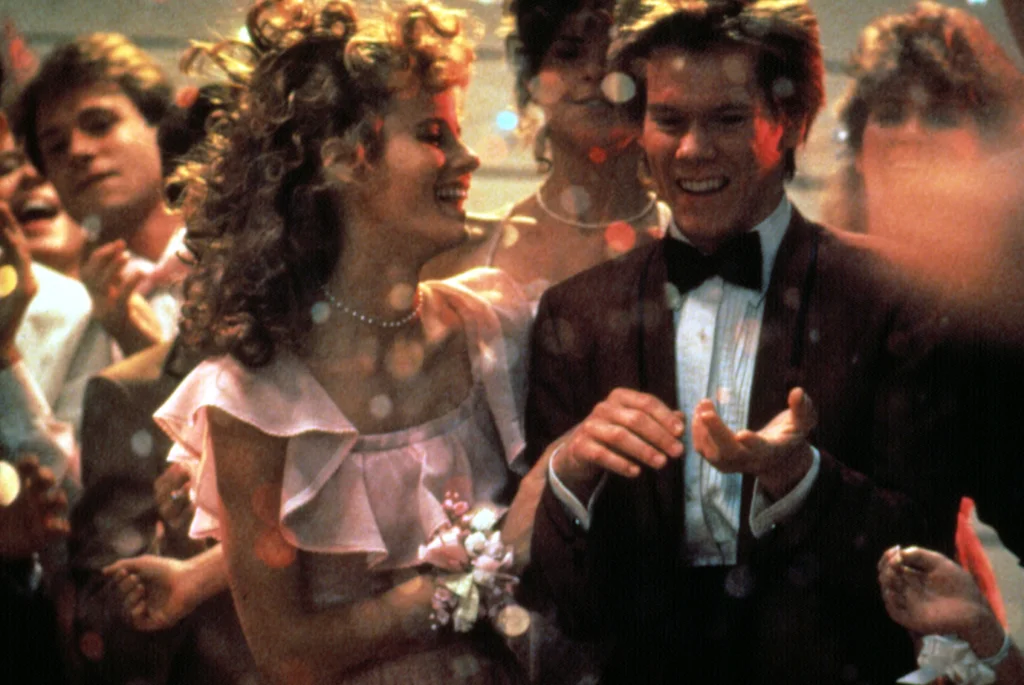
A town banning dancing and loud music seemed like something from a different century, not 1980s America, yet somehow the premise worked within the movie’s heightened reality. The idea that teenagers would accept such restrictions without major rebellion was equally hard to swallow. The whole situation felt more like a fairy tale setup than anything that could happen in the real world.
Kevin Bacon’s character single-handedly changing an entire community’s deeply held beliefs through passionate speeches and dance moves was gloriously over the top. The climactic dance sequence where everyone suddenly knew elaborate choreography despite the dancing ban was pure movie magic. It was the kind of ending that made you want to stand up and cheer, even while your logical brain was pointing out all the impossibilities.
7. Big
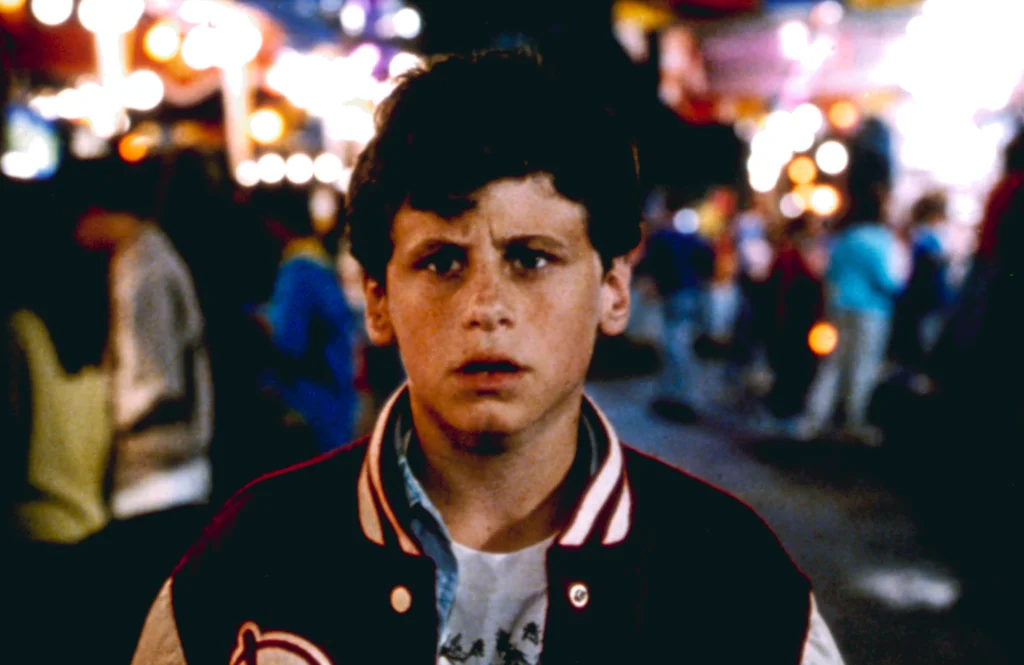
The whole concept of a fortune-telling machine actually granting wishes and transforming a child into an adult overnight was pure fantasy, but Tom Hanks made it believable through his innocent performance. The idea that a 13-year-old in a man’s body could successfully navigate corporate America and adult relationships was equally implausible. Yet somehow the movie convinced us to go along with this impossible premise and invest emotionally in the outcome.
The romantic subplot raised all sorts of questions that the film wisely chose not to address too deeply, focusing instead on the wonder and confusion of the situation. The toy company scenes where a child’s perspective revolutionized the business world were charmingly unrealistic but utterly entertaining. The whole movie required audiences to embrace childlike wonder over adult logic, and most people were happy to make that trade.
8. Ferris Bueller’s Day Off
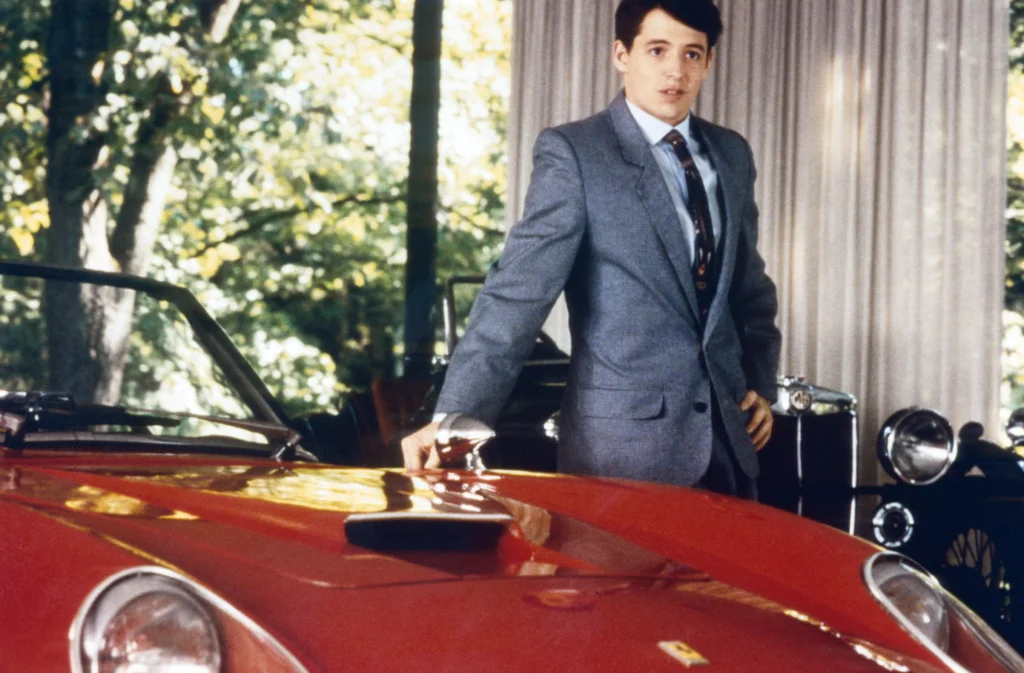
Ferris pulling off his elaborate scheme to skip school required perfect timing, multiple costume changes, and a level of preparation that would impress military strategists. The sheer number of moving parts in his plan should have resulted in disaster, yet everything worked out with clockwork precision. His ability to stay one step ahead of everyone while maintaining his carefree attitude was superhuman.
The famous parade scene where Ferris somehow ended up leading Chicago’s German-American parade was completely bonkers but absolutely delightful. How he got up there, why nobody questioned his presence, and how he knew all the words to “Twist and Shout” remained mysteries that didn’t need solving. The whole day was a perfect storm of lucky breaks and impeccable timing that could only exist in movie land.
9. Back to the Future
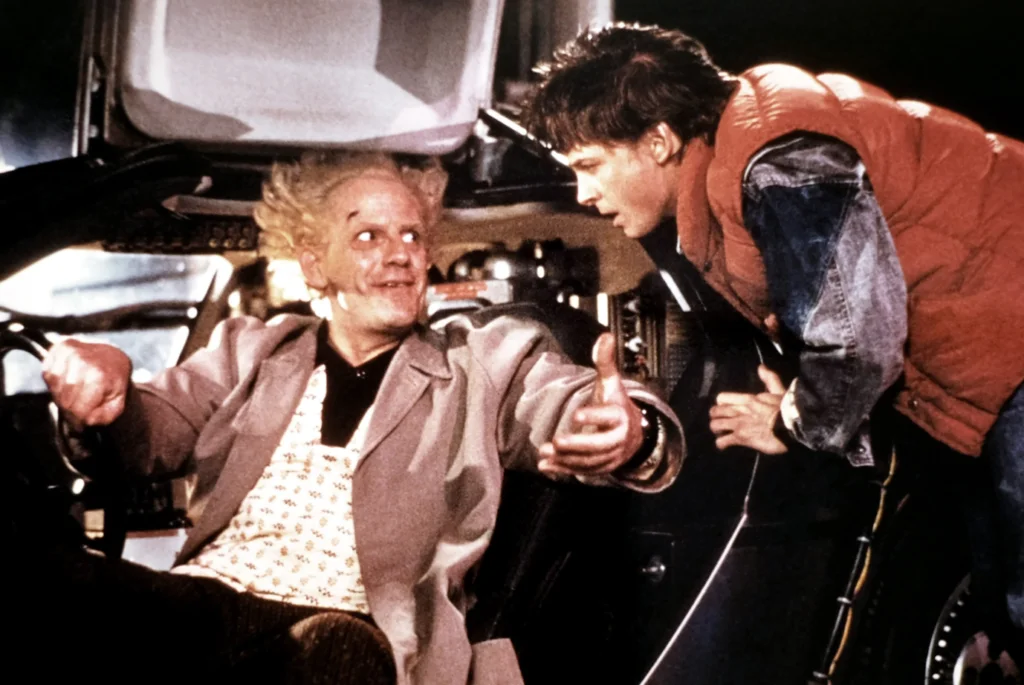
The DeLorean time machine concept was already pretty out there, but the specific requirement of hitting exactly 88 miles per hour added a delightfully arbitrary element to the whole premise. The lightning strike timing at the clock tower required split-second precision that would be nearly impossible to achieve in real life. Every aspect of the time travel plot demanded perfect execution with no room for error.
The butterfly effect of Marty’s interference with his parents’ first meeting should have created far more complications than the movie addressed. The neat resolution where everything worked out better than before stretched credibility, but audiences were too busy enjoying the ride to care. The whole adventure was so entertaining that viewers gladly accepted whatever logic the movie presented, no matter how convenient or impossible it seemed.
10. Ghostbusters
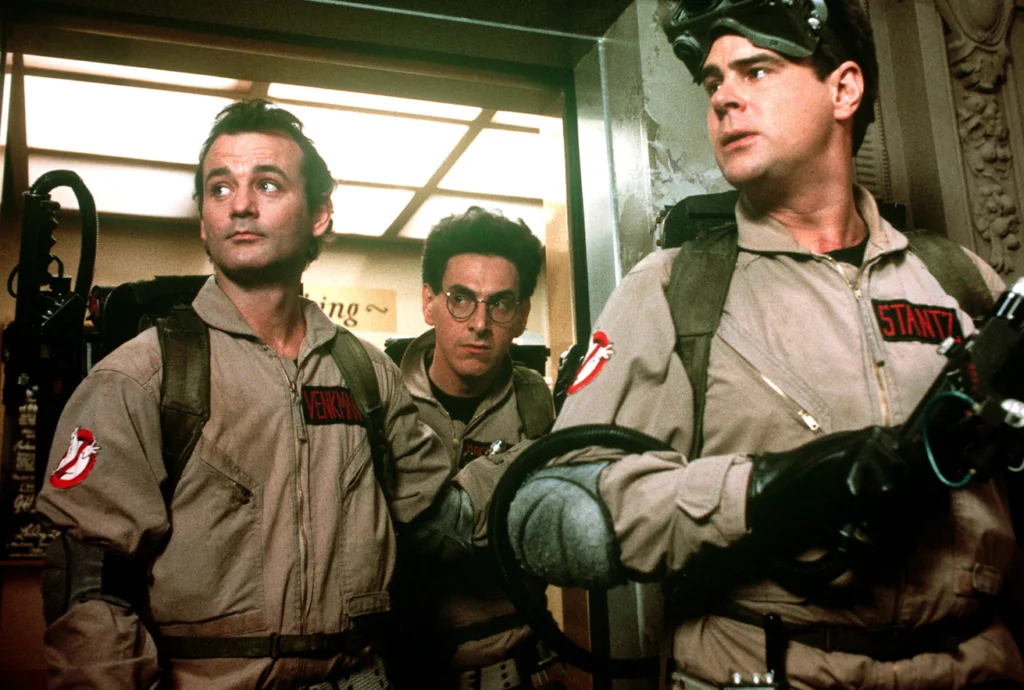
The idea of three unemployed professors starting a ghost removal business and becoming New York City’s supernatural heroes was wonderfully ridiculous from the start. Their complete lack of business experience or proper safety protocols should have doomed the venture immediately. The fact that their untested equipment actually worked instead of exploding was the first of many lucky breaks.
The climactic battle where they defeated an ancient Sumerian god using jury-rigged particle accelerators was absolutely preposterous but incredibly satisfying. The Stay Puft Marshmallow Man destroying Manhattan was the kind of absurd twist that only ’80s movies could pull off with a straight face. The whole finale required audiences to accept that crossing particle streams could save the world, and somehow everyone was perfectly fine with that explanation.
11. E.T. the Extra-Terrestrial
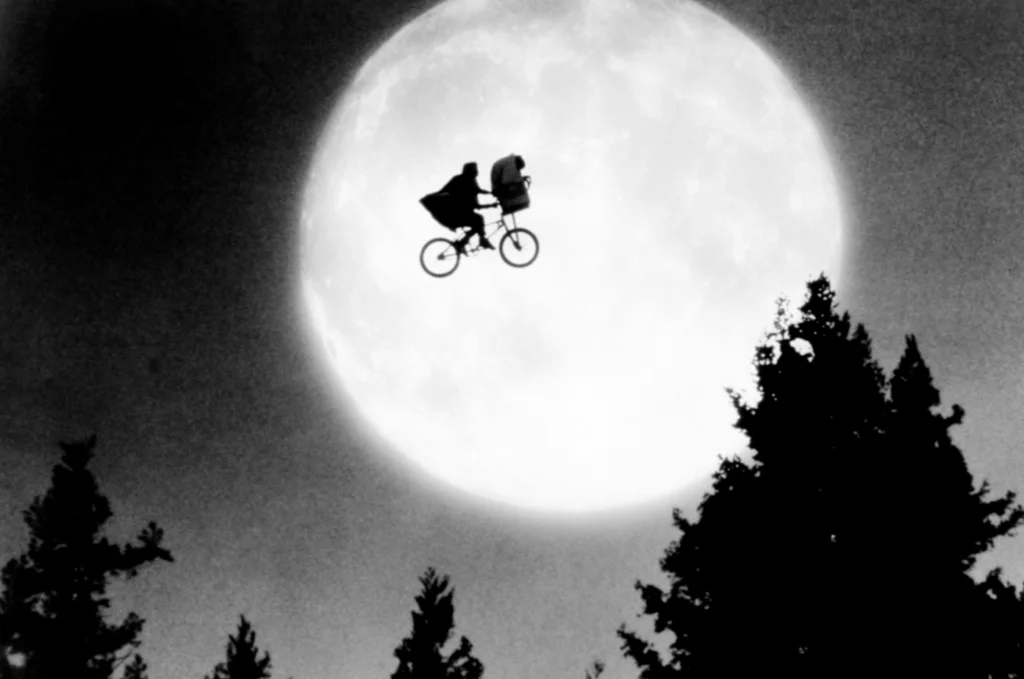
The idea that a friendly alien would be left behind on Earth and form a special bond with one suburban kid was sweet but highly implausible. E.T.’s various magical abilities seemed to appear whenever the plot needed them, from healing powers to making bicycles fly. The convenient telepathic connection between Elliott and the alien solved numerous story problems but raised even more questions.
The famous flying bicycle scene where E.T. helped Elliott and his friends escape on their bikes was pure movie magic that defied every law of physics. How an alien with limited Earth experience could navigate suburban geography so perfectly remained unexplained but unimportant. The emotional connection between boy and alien was so genuine that audiences happily overlooked the impossible elements in favor of the heartwarming friendship story.
12. The Breakfast Club
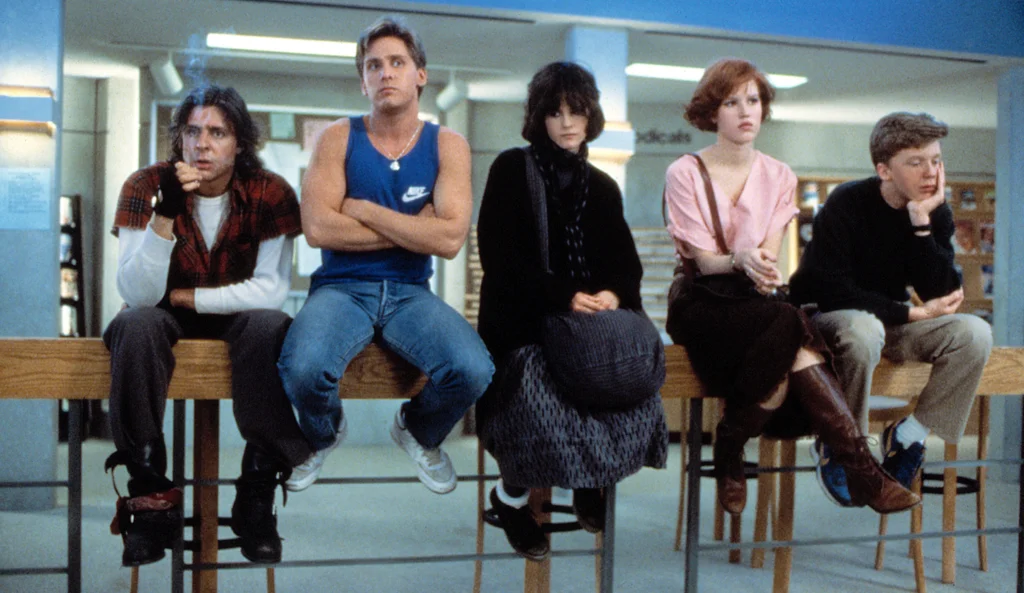
Five teenagers from different social circles spending Saturday detention together and becoming lifelong friends in just eight hours was the ultimate wish-fulfillment fantasy. The idea that they could completely overcome years of social conditioning and peer pressure in one afternoon was beautifully optimistic but hardly realistic. Their deep philosophical discussions seemed awfully mature for high school students, even troubled ones.
The assumption that their friendship would survive Monday morning and the return to their regular social hierarchies required a leap of faith that the movie wisely didn’t test. The whole premise that one shared experience could bridge such different worlds was classic ’80s idealism at its finest. Despite the improbable timeline for such profound personal growth, the emotional truth of feeling misunderstood and longing for connection resonated with audiences of all ages.
Looking back at these gloriously over-the-top moments, it’s clear that ’80s movies understood something important about entertainment – sometimes the most illogical scenes create the most powerful memories. These films didn’t worry about perfect realism because they were busy creating perfect escapism, giving us characters who could accomplish impossible things through sheer determination and movie magic. In a world that often feels too serious and logical, these wonderfully absurd moments remind us why we fell in love with movies in the first place – they showed us that sometimes the impossible is just what we need to believe in.
This story Over-The-Top ’80s Movie Moments That Made No Sense But Were Still Awesome was first published on Takes Me Back.

